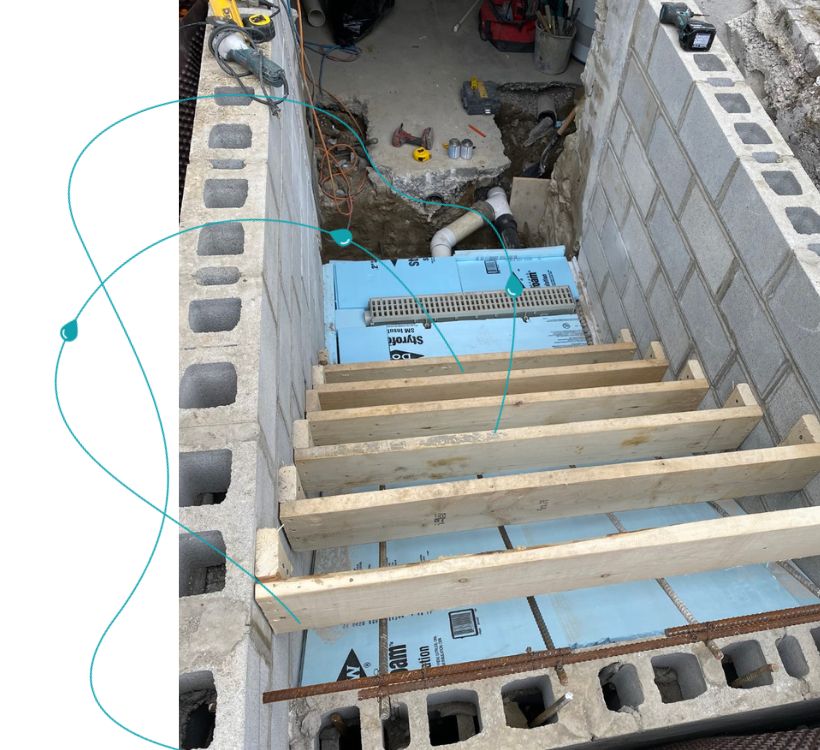TOP RATED BASEMENT LOWERING SERVICES
Basement Lowering Toronto
Transform cramped, underutilized basements into functional, livable spaces with basement lowering, also known as underpinning. At IcyReno, we specialize in safe, efficient solutions that increase ceiling height and enhance both the value and usability of your home. In Toronto’s competitive housing market, this smart investment adds significant square footage without costly extensions.
- Masters of the Craft: Our licensed team brings unmatched expertise in basement lowering and underpinning.
- Seamless Communication: Enjoy fast, transparent updates at every stage of your project.
- Hassle-Free Process: From securing permits to sourcing top-grade materials, we handle it all for you.
- Trustworthy Professionals: Fully bonded and insured for your peace of mind.
- Customized Solutions: Tailored services designed to meet your specific needs and maximize your basement’s potential.
- Proven Results: A trusted name in Toronto with a portfolio of successful projects that speak for themselves.
